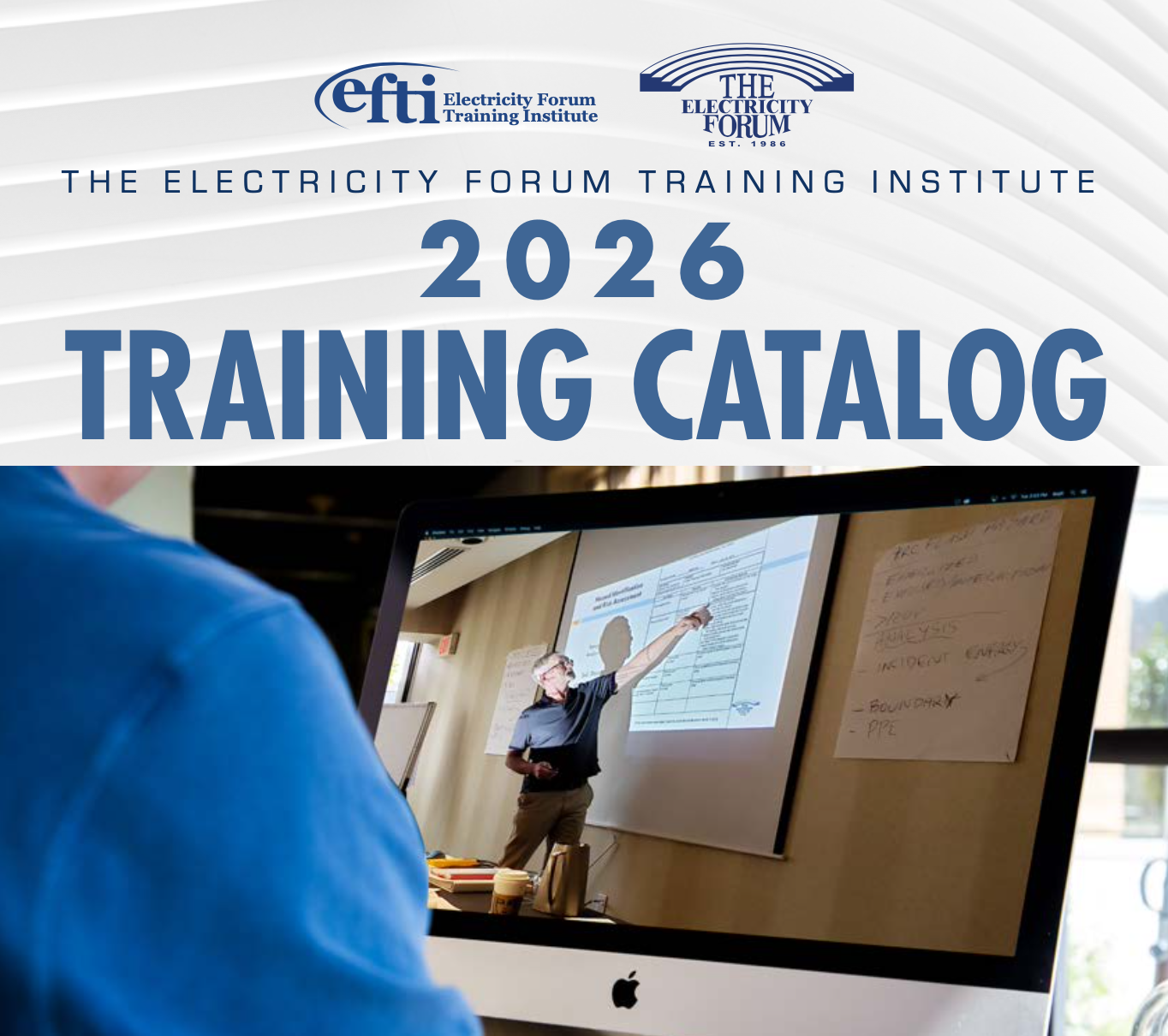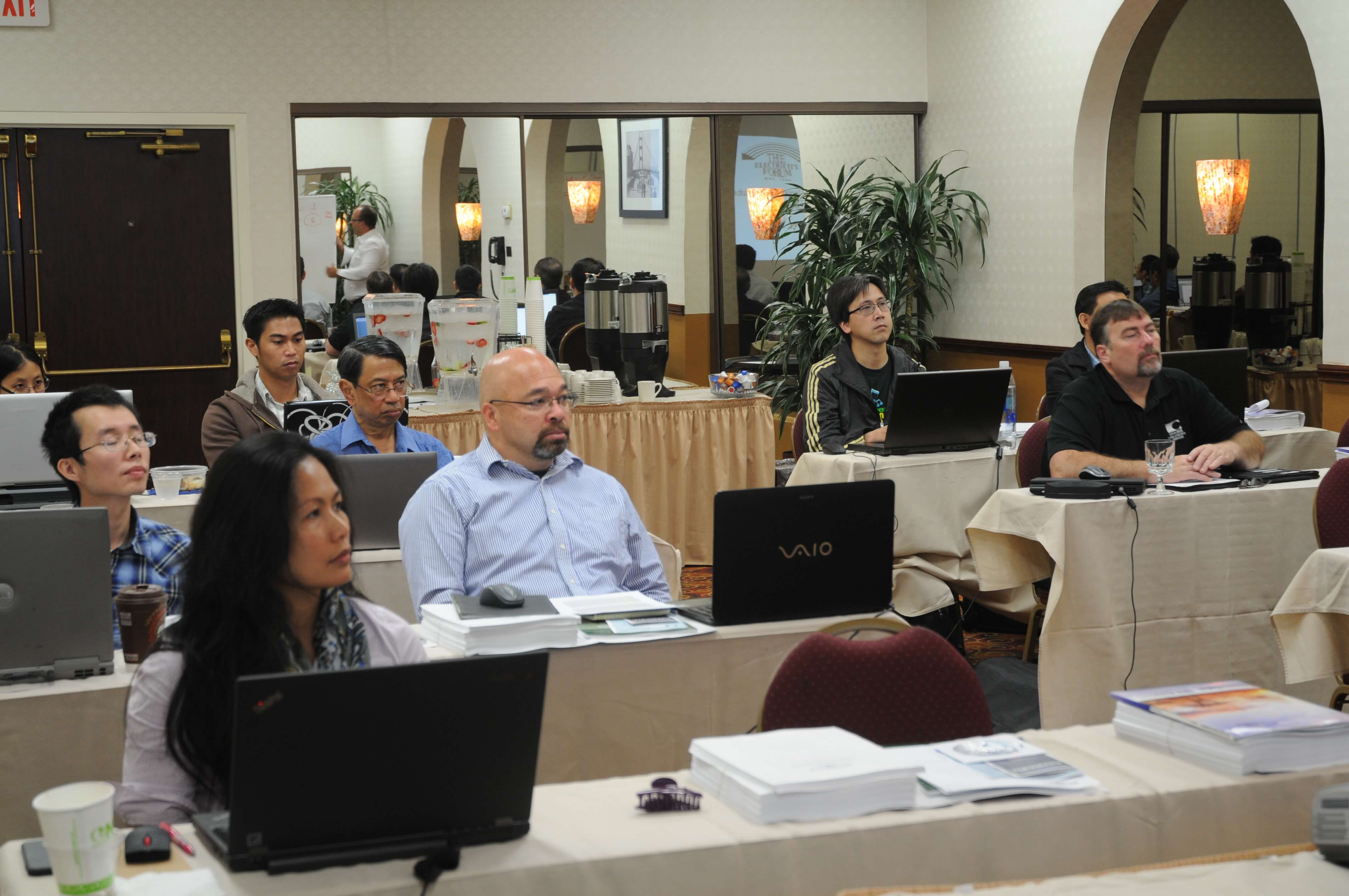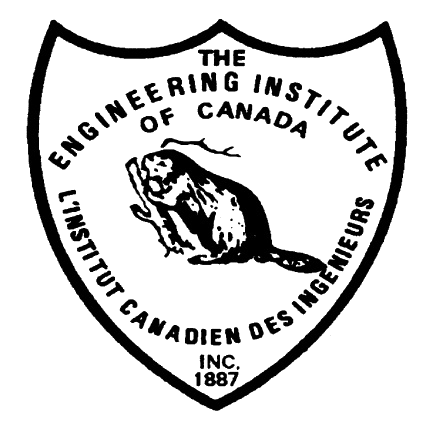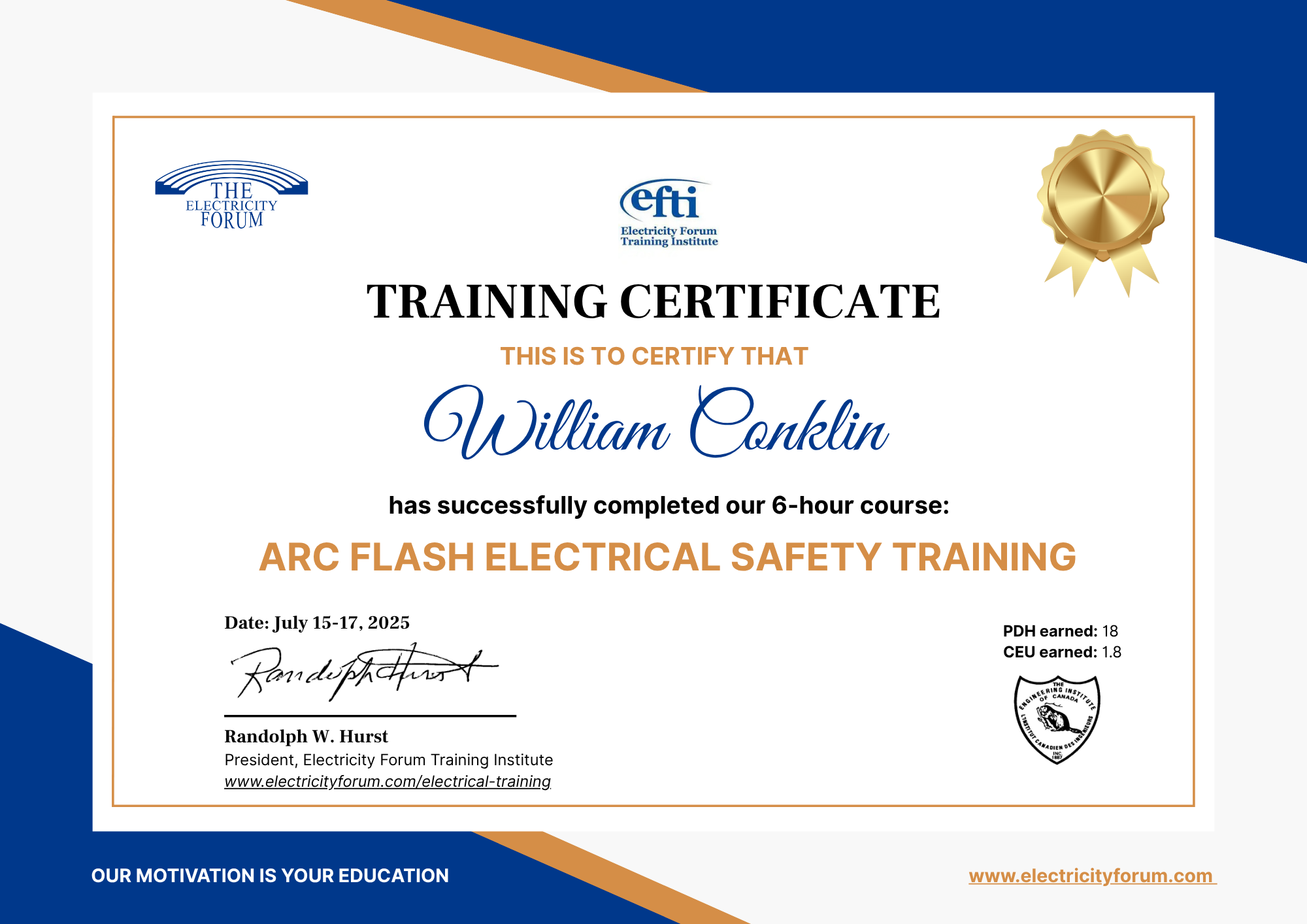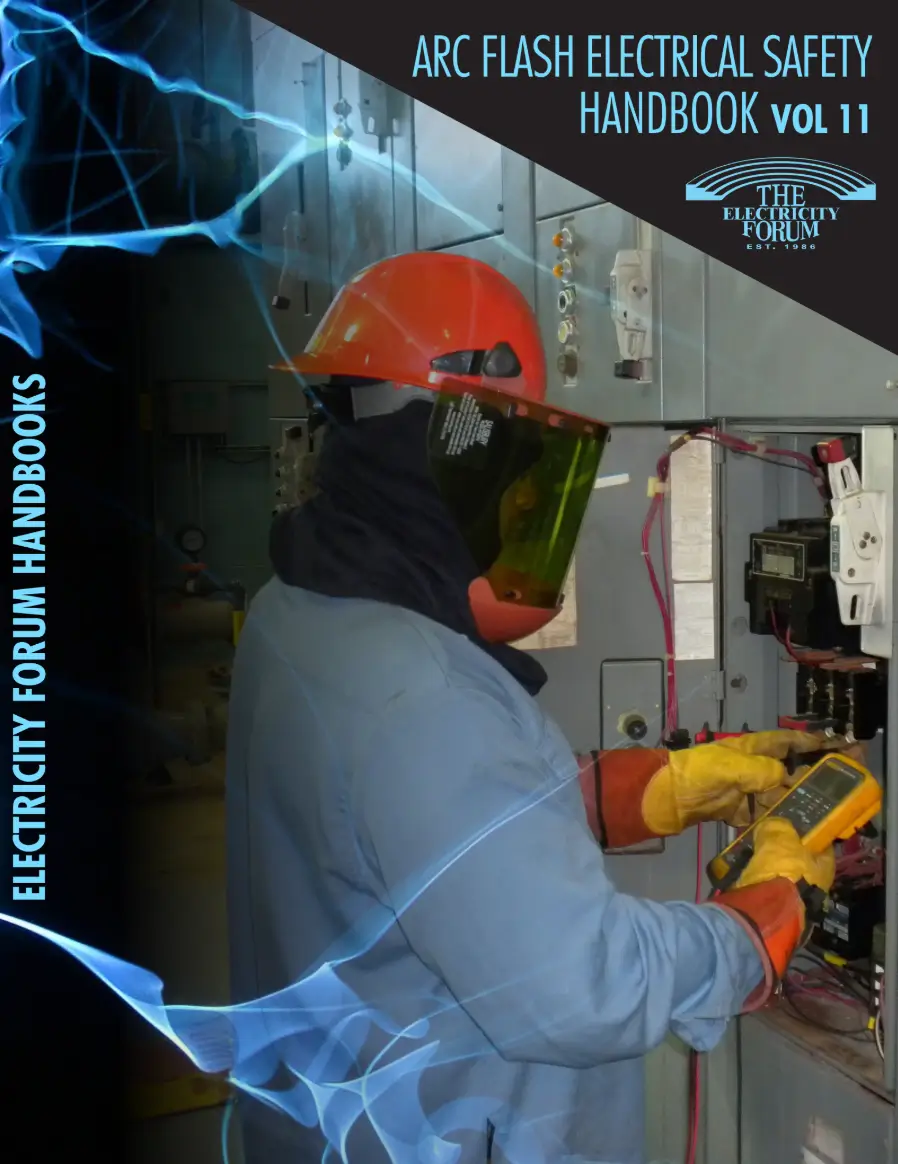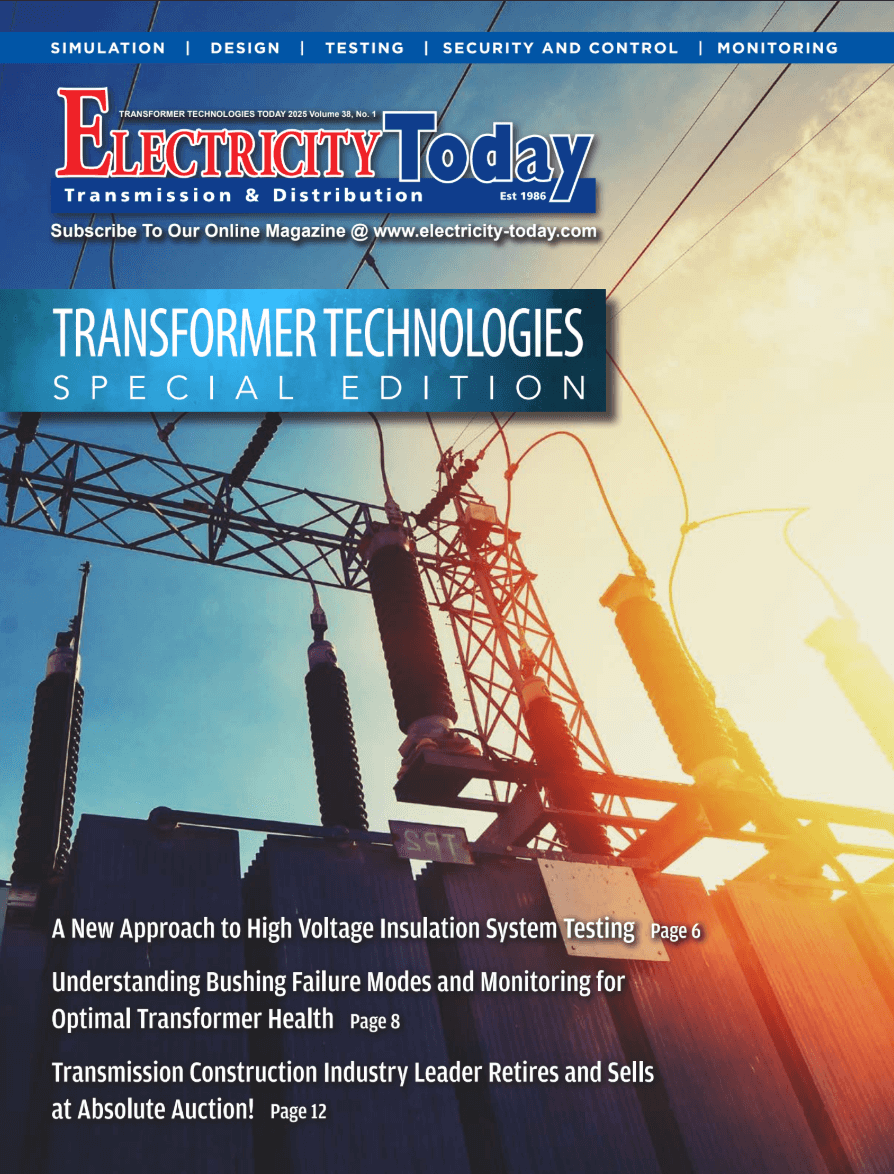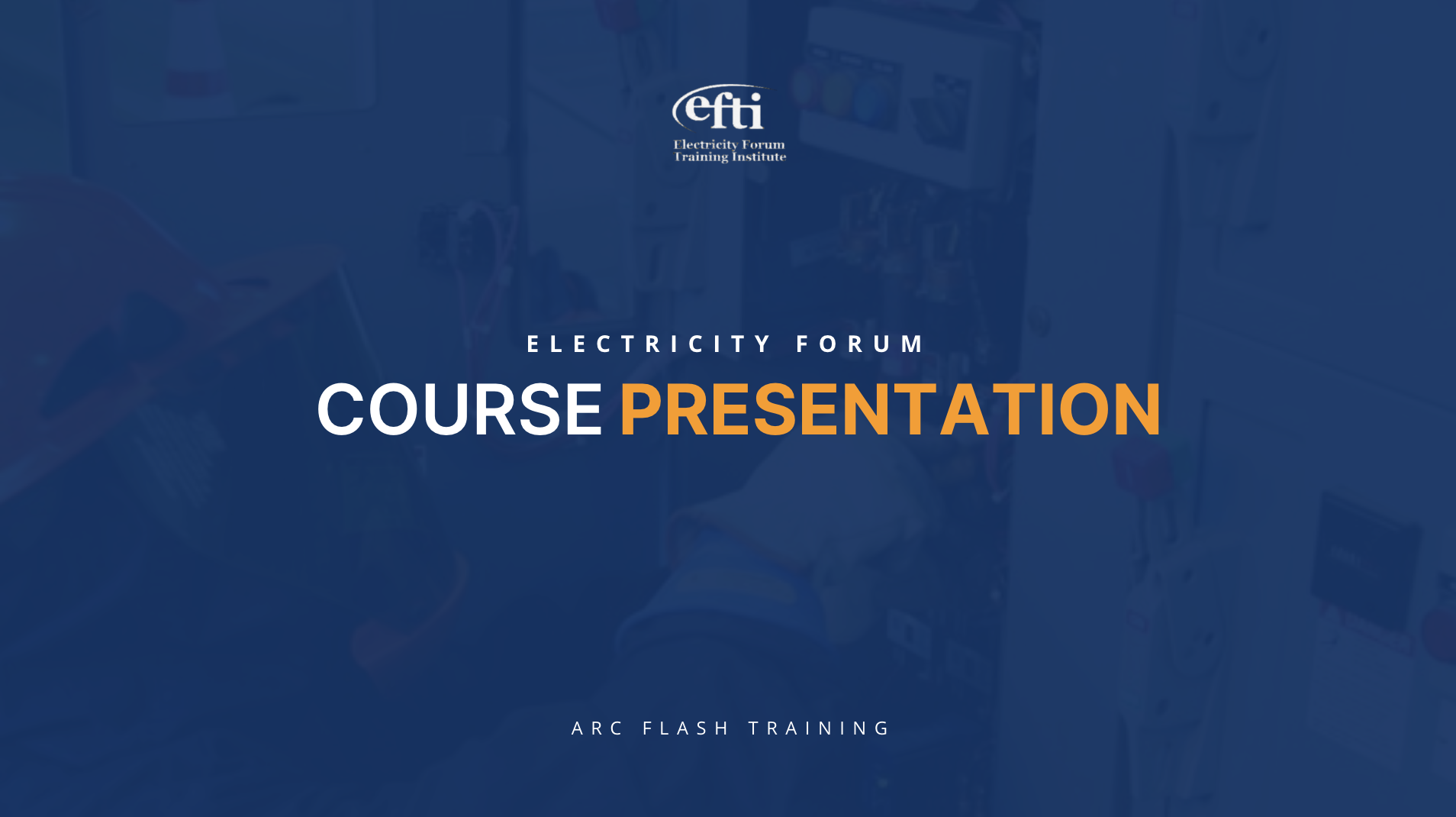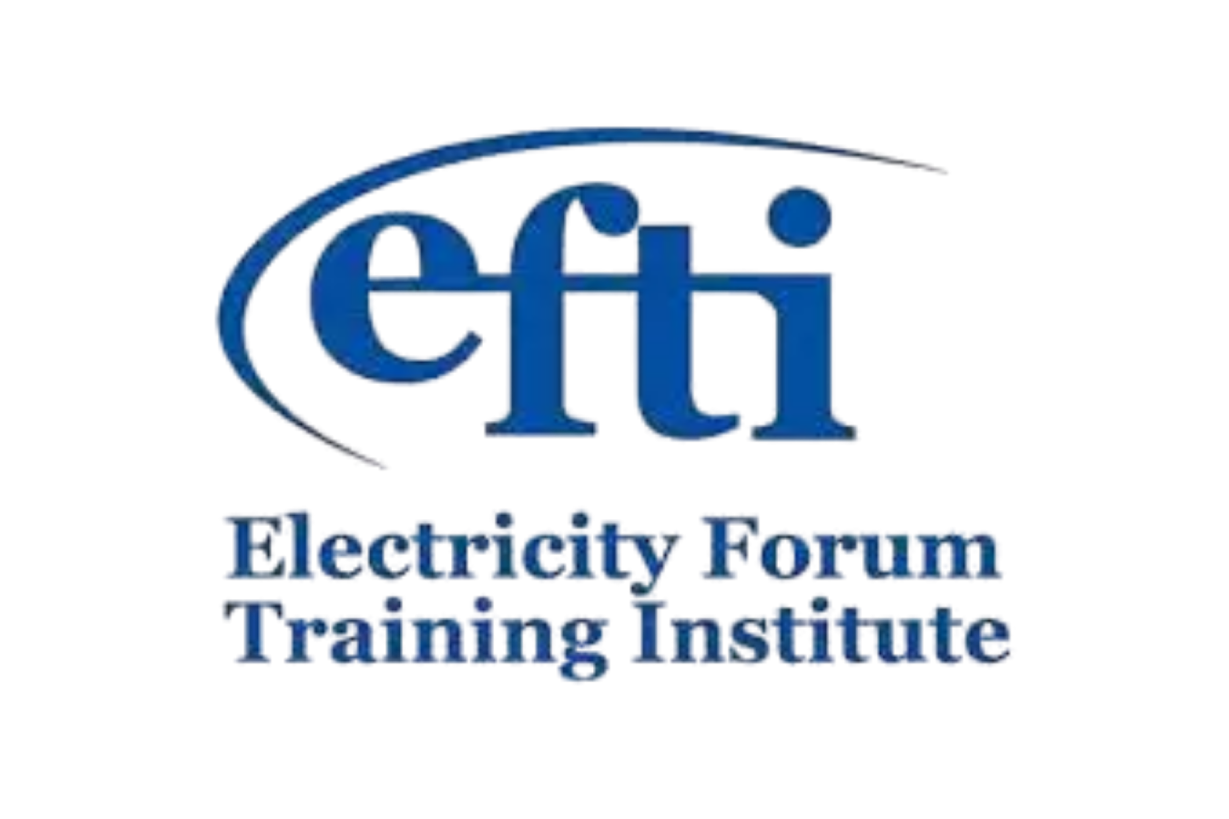Building Electrical Systems - Our 12-Hour live online instructor-led training course addresses all typical electrical power systems existing in buildings from the input service supply to the more complex protection and control systems required in order to achieve maximum performance.
This Building Electrical Systems course teaches how various subsystems interact through coordination, in order to maintain optimal performance.
Our Integrated Building Electrical Systems training course is designed to assist organizations to identify opportunities for retrofitting existing commercial buildings or how to design Integrated Building Electrical Systems technology into new building engineering designs.
With the rapid integration of various elements of Building Electrical Systems, it is important to design, build and maintain Building Electrical Systems as an overall connected system, as opposed to sets of individual subsystems. Building Electrical Systems include: Utility and building Generation power input sources, UPS, Electrical Protection, Power Quality, Electrical Grounding, Energy Management, Fire Safety, Communications, Vehicle Charging, Building Automation, etc.
This course teaches how these various higher power subsystems integrate and work together to form a robust, properly coordinated and functioning single phase electrical energy power systems.
This real-world-based Integrated Building Electrical Systems Training course will give you a broad introduction to the specific issues involved with Building Automation Systems (BAS).
Learn about sensing and measurement, actuation, analog output devices, and relays.
This Integrated Building Electrical Systems training course will enable you to identify and describe the major components in an Integrated Building Electrical Systems along with the basic mechanical components and controls.
LEARNING OBJECTIVES
- Understand The Function Of Each Subsystem Of The Electrical; Fire Protection Or Electro-Mechanical Subsystem Of A Large Building
- Be Able To Size And Select The Proper Electrical Subsystems For A Building, Whether Single Phase Or Three Phase
- Understand The Interaction Between The Major Electrical Subsystems Of The Building, (E.G. Electrical; Building Automation System; Fire Protection)
- Write Maintenance Procedures For The Major Electrical Subsystems Of The Building
- Perform Maintenance On Major Building Electrical Equipment
- Select Optimum Settings For The Major Electrical Equipment

